How Japan Engineered House Music – 909s, 808s & King Street Sounds
Technology and music are terms that cannot be separated, with the former providing the underlying foundations for any musical performance. One could even say that music is technology – above the storytelling and human emotion, what else is music but a highly elaborate, advanced system of playful sequencing mediated through techno-sonic tools? The more complex the technology is, the more complex the musical potentialities become —a feat which has culminated in the most incredible inventions of our modern era.
This leads us to the groundbreaking emergence of music produced by electronic equipment, a momentous shift in democratising music for the layman. A new breed of artist or performer was allowed to enter the arena, as making music became as easy as simply pressing buttons or keys on a piece of hardware.
And who was behind this musical revolution?
Japanese electronics brands in the 1980s and ‘90s were way ahead of their time. These include Roland, Akai, Korg and Yamaha, to name a few, all breaching the frontier of music technology, and thereby changing the creative landscape of the music industry.
This marks the beginning of Japan’s role in assembling the parts of house music, as the country’s technological innovations became the bedrock of a distinctly Black invention that took over the world beat by beat. If we peer even further back into the ‘70s, we can see that the early hip-hop pioneers used Matsushita’s Technics SL-1200 turntable to fuse drum breaks and run their block parties, harnessing the power of technology to open up a whole new realm of musical inventiveness and imagination.
Japan’s fingerprints are all over the origin stories of these iconic cultural inventions and are undeniable remnants of a subtle yet major influence, almost invisible to the untrained eye. It might not be known by your average raver, but you can’t talk about house music without bringing Japan into the conversation.
Let’s now pay our respect to the Japanese musical machinery that made big waves in the electronic scene, as it is high time to look closely and unearth its complex heritage in the DNA of house music.
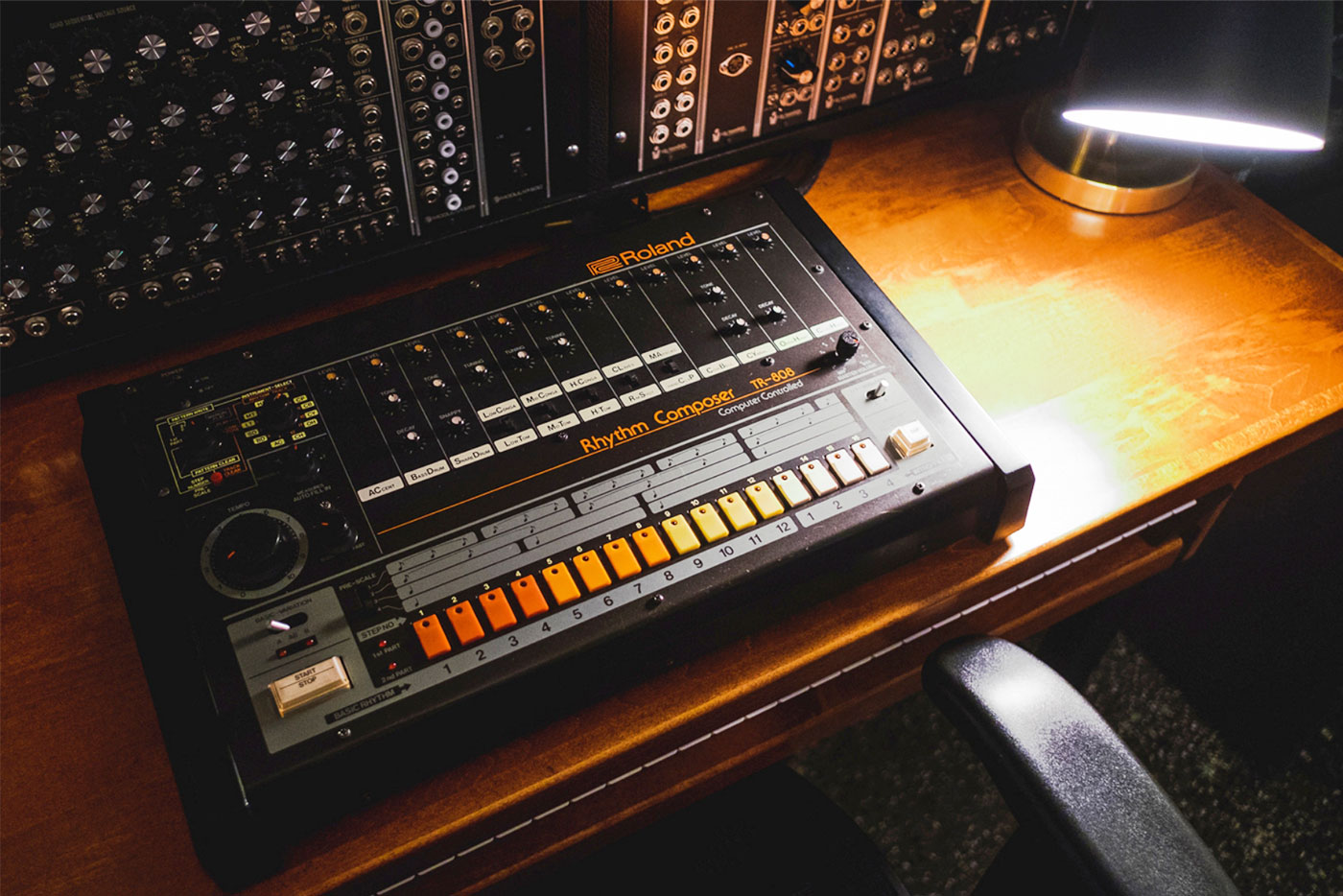
Courtesy of Vintage King
The Origins Story
Ironically, it all started with the commercial failure of the aforementioned electronics brands. Roland’s now-canonical trinity of music production, the TR-808 and TR-909 drum synthesizer and the TB-303 bass synthesizer, wasn’t pressing anyone’s buttons upon release, finding only meek success. The products’ ambitions of replacing live instrumentation with hardware reproduction stood at complete odds with the mood of the early ‘80s. Professional musicians and hobbyists around the world weren’t interested in tools that couldn’t produce acoustically realistic sounds, instead favouring digital sampling of instruments over imitations that sounded unconventional and synthetic.
The pop scene was indeed still reeling from disco fever and falling in love with the futuristic new wave, leaving no space for contemplating fully electronic music. Added to the rather high pricing of these products, Roland momentarily missed the mark and called in an early production halt of these now-storied pieces of equipment.
With very little demand for these alien devices, Roland’s machines found themselves gathering dust, stacking shelves in the windows of second-hand shops.
But the shunned instruments found their beat with Black producers in Chicago in the early 80s, who discovered these drum machines at discount prices, primed for sonic experimentation and improvisation. And so started the story of house music, born out of a strategic misstep that allowed communities to get their hands on equipment that they would have been priced out of, ultimately enabling the creation of the revolutionary genre.
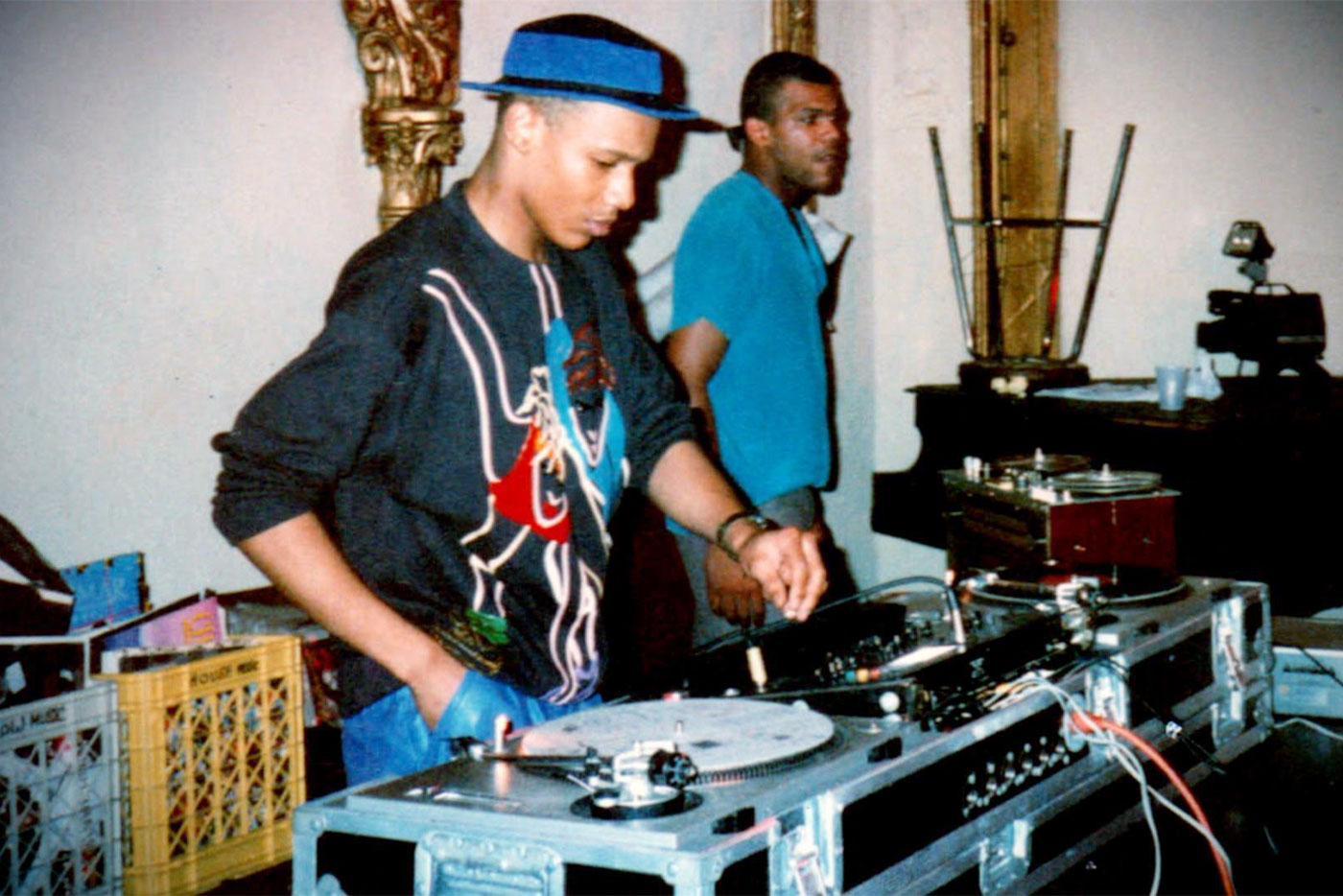
Courtesy of Thirteen PBS
The Holy Trinity of House Music
The first practitioners of house music were fading the post-disco production into a proto-house archetype, with Jesse Saunders’ 1984 hit “On and On” being crowned as the first official house record to hit the clubs. Saunders famously composed the song with the aim of recreating a record that had been stolen from him, namely the “On and On” bootleg disco megamix by Mach.
He proceeded to rebuild the disco track from memory, utilizing the Roland TR-808 as the percussive backbone, a Korg Poly-61 synthesizer for his melodies and the Roland TB-303 for some rasping bass. The result was a futuristic soundscape that balanced minimal yet sharp drums with scintillating synth progressions that transported the 80s raver through a wholly unprecedented musical sci-fi adventure.
This was the first house track that made its way along the nightlife circuit, kickstarting a new era of electronic music.
The Old School Classics
The idea of house music was now set to blossom, with Japanese brands at the very heart of its growth. All you needed was the hardware to dip into the genre, providing the powerful four-to-the-floor grooves, laying the groundwork for the spell-binding soul or gospel samples that raised the spirits of the shuffling crowds.
The classic tracks that emerged from this era were all produced using Japanese hardware, such as Larry Heard (a.k.a. Mr Finger’s) “Can You Feel It?” from 1986, which was a pioneering staple of Chicago house music. The record’s minimal deep-house production was pivotal in shaping the identity of house instrumentation as a whole. The track’s spine is the booming TR-808 drum machine paired with a Juno-60 analog synthesizer, another Roland product that found success after its failed introduction to the market.
Another mainstay of the early house scene is Inner City’s 1988 “Good Life,”, powered by a TR-909 drum machine coupled with a Casio CZ-5000 synthesizer to create a more synth-heavy and upbeat house trailblazer. The machines are the core of the bouncy, lush production beneath Paris Vocal’s magical vocals, with everything flowing together seamlessly to develop a crucial sonic template for the house music of today.
Robin S.’s “Show Me Love” from 1993 also took full advantage of the TR-909 and the Korg M1 synthesizer to produce one of the most iconic basslines and drum combos in modern music memory — a sound that has been fully converted into a UK house centrepiece. Ask most ravers on British soil and they’ll remember this hooky classic like it was just played last night.
The list could go on and on, and that’s no exaggeration. There truly is an almost endless assembly line of classic tracks that were spawned from electrical signals bouncing around in Japanese hardware.
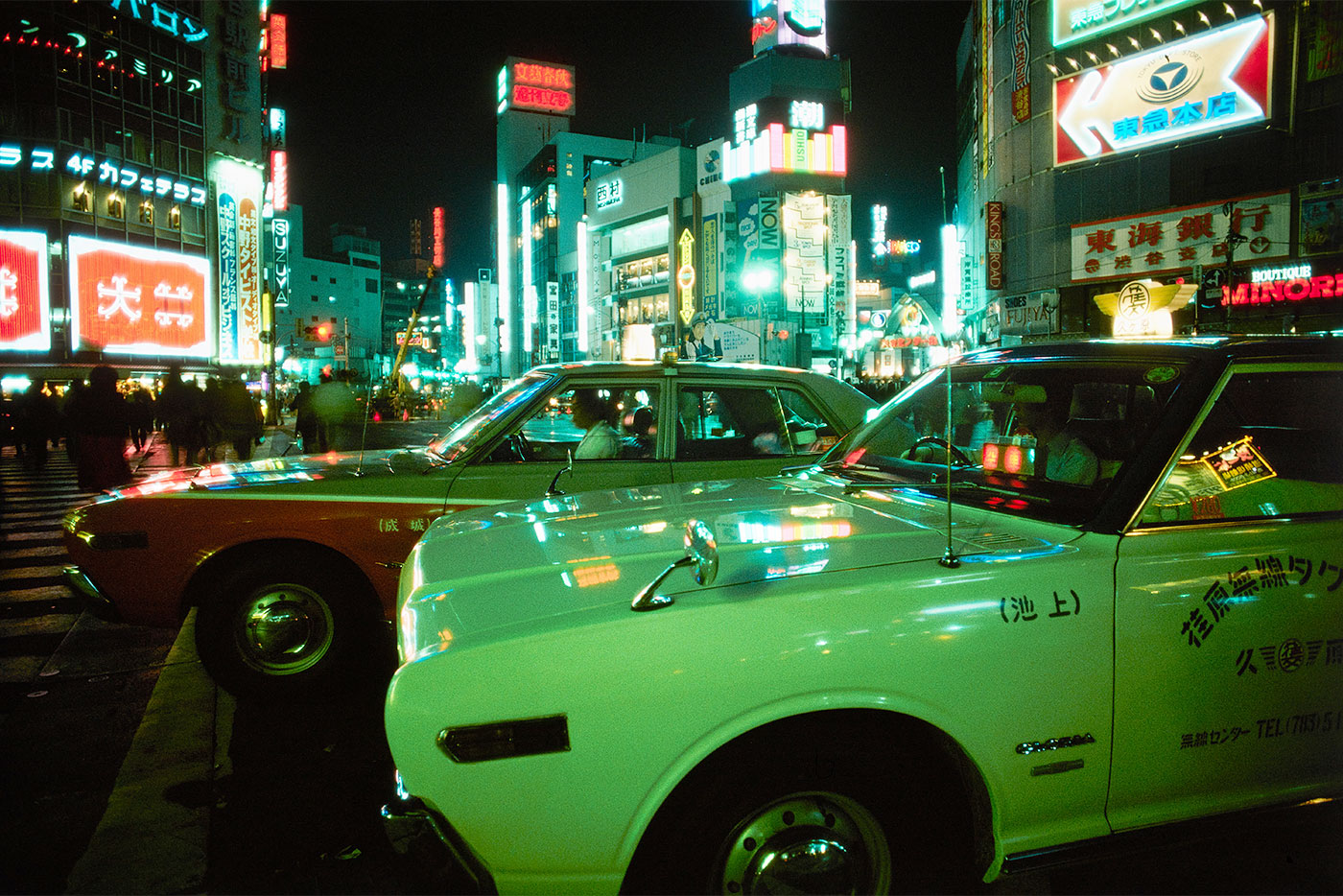
Courtesy of Greg Girard
The American Dream
As house music grew as a global force throughout the ‘90s, it found a home in the Japanese market. This came as no surprise, as Japan had already garnered the ability to adopt American cultural products into its own society, beginning with the introduction of Western musical instruction after the Meiji Restoration in 1868.
Western music had an early passage into Japan, voyaging across the ocean to build the foundations for jazz music in the early 20th century, from where it evolved into a distinct Japanese jazz genre by the 1980s.
American pop music subsequently also branched out in Japan in the form of city pop, a general term for Japanese pop music that derived inspiration from the romanticized Western cultural lifestyle, ranging from disco, boogie, funk, R&B, yacht rock and bossa nova.
The city pop genre was the creative expression of a burgeoning urban culture in Japan, riding the wave of its economic surge and wishing to project itself at the forefront of global pop culture. Japanese musicians inevitably also dabbled with Jamaican dub and roots music, once again demonstrating their eagerness to join in on the sweeping musical movements emerging from the American continent. House music was thus bound to be welcomed into the hearts of the Japanese people, representing the latest meeting point in the long line of a trans-Pacific cultural exchange.
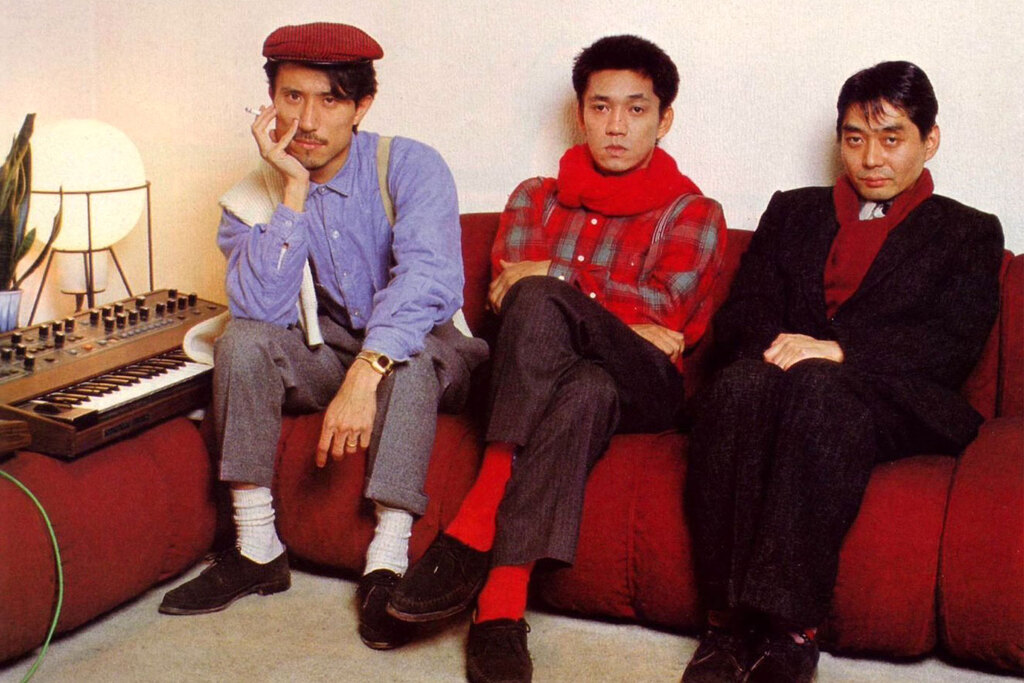
Courtesy of Yokogao Mag
The Roots of Japanese House
The stream of house music first made its way into Japanese clubs by the mid-80s and was introduced to Tokyo clubs by the pre-eminent DJ Ko Kimura, who was one of the first DJs to spin imported U.S. house records in Japan. However, the novelty of house music was not a stark departure from what their electronic scene had been producing. Bands such as Yellow Magic Orchestra had already been refining the electropop and synthwave sound from the late ‘70s and onwards, years before it took off in America and Europe.
Their work was inspired by the sonic stylings of electronic music forefathers Kraftwerk and Isao Tomita, using those foundations to build a melting pot of technological innovation and experimental sounds. This resulted in the inception of a new surge of music that rolled J-pop, hip-hop, synth-pop, and dance all into one, all developed in Japan. In fact, Yellow Magic Orchestra are credited with being pioneers in every single one of those genres, showing that the forefront of Japanese musicians were visionaries in their own right, understanding the direction that music was heading in before it even got there.
Toshio Nakanishi’s 1983 cassette Homework is a great example of genre-bending music that exists at the intersection point of old-school hip-hop, funk, post-disco and new-wave, illustrating the breadth of knowledge, skill and creativity that Japan’s musical culture always possessed.
But they didn’t just copy Western pop music – they re-invented the musical imports to their standards and aesthetics, whilst successfully driving the music itself to higher levels of invention and refinement. House music’s arrival on Japanese soil simply represented the next step in technology’s relationship with musical production, a development that Japan’s artists had slowly built towards.
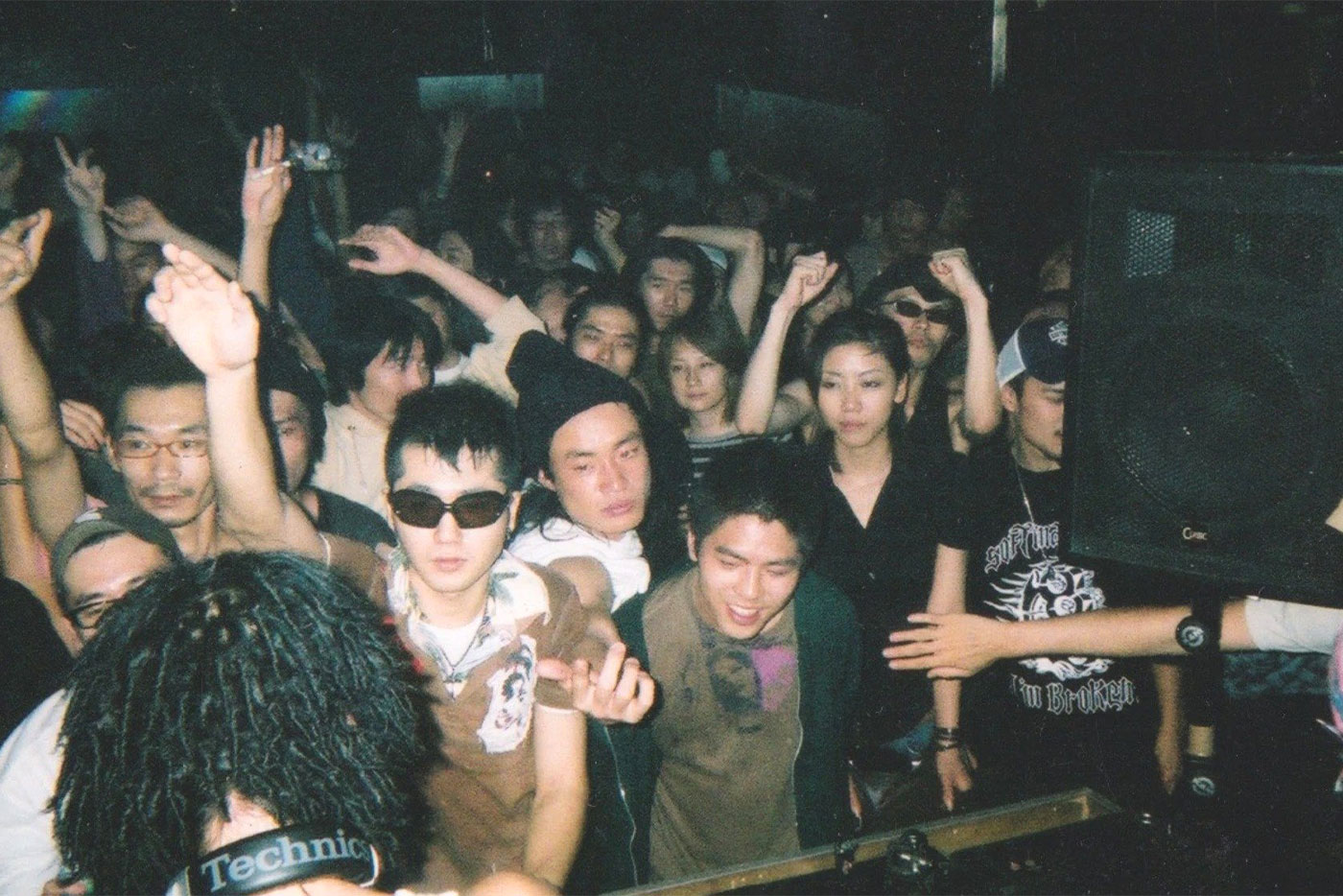
Courtesy of Sabukaru
The Official Beginning
Alongside Ko Kimura, DJ Nori is similarly credited with bringing house into Tokyo’s underground circuit. Having moved to New York in 1986, he started to ply his trade alongside the dance music’s greatest, breaking bread with DJs like David Mancuso, Walter Gibbons, Danny Krivit, Timmy Regisford and Little Louie Vega, just to name a few.
Returning home in 1989, he brought his entire wealth of knowledge and experience to Tokyo’s nightlife, lighting up the local scene while retaining international fame abroad. His trip to the US acted as the symbolic beginning of Japan’s active relationship with the U.S in house music, as multiple musicians travelled back and forth between both hotspots in an era of supreme cross-pollination. This alliance was duly made official when former Yellow Magic Orchestra touring member Satoshi Tomie sent a demo to Frankie Knuckles, hoping to collaborate on a record together. The demo turned into the finished product “Tears” in 1989, an atmospheric, ambient arrangement that saw a higher level of polish than Knuckle’s previous productions – just as the Japanese strived to bring different styles to higher levels of refinement. This was the first Japanese house track released on the market, marking a significant milestone in the global recognition of Japanese house music and the global reach of house as a whole.
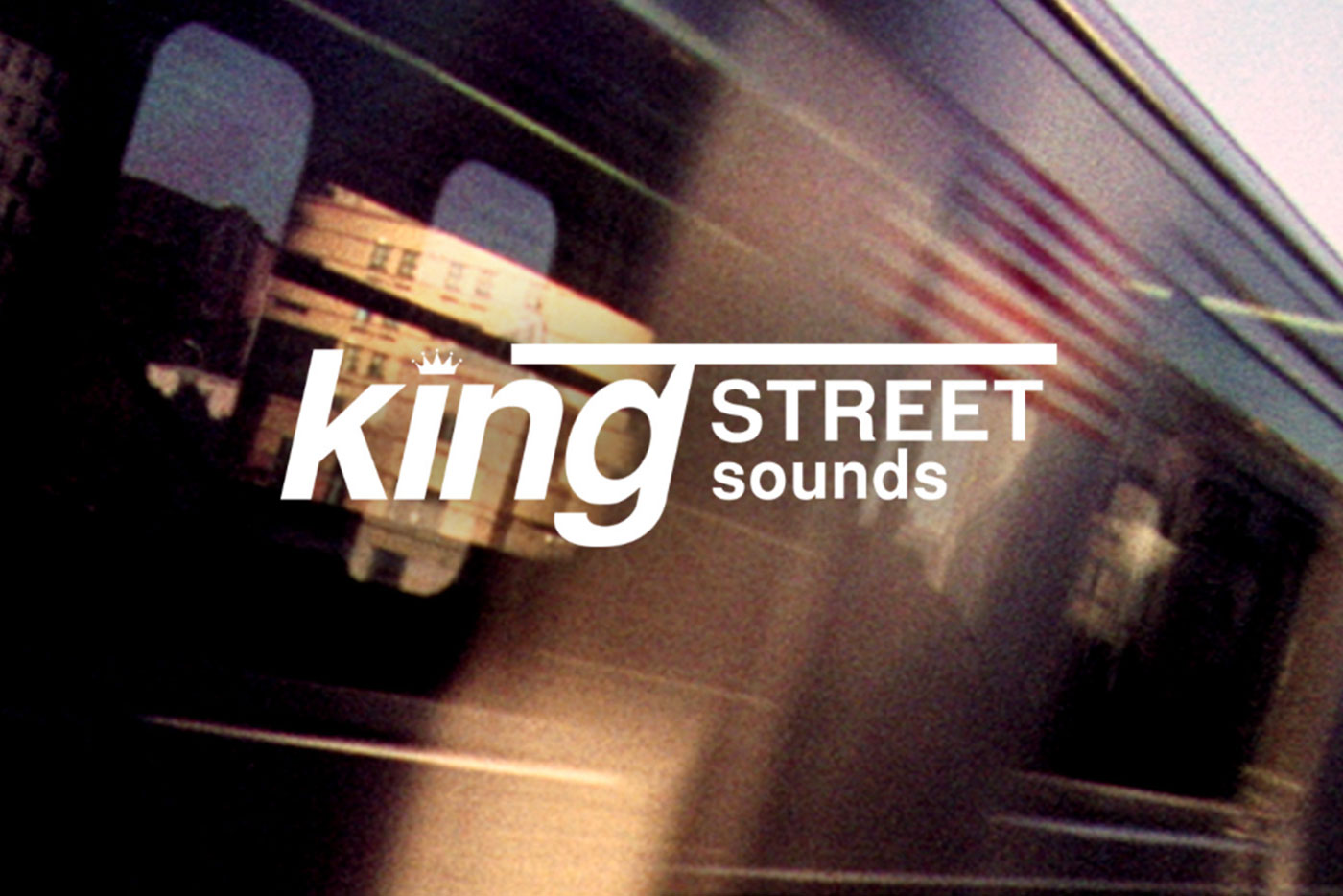
Courtesy of King Street Sounds
Major Labels
Much like DJ Nori, Soichi Terada similarly travelled to New York in 1987 and fell in love with the burgeoning house music scene, taking home the soul-infused, gospel-preaching sound to form his own record label, Far East Recording, in 1990, championing distinct Japanese house recordings that represent the very best of both Japanese and worldwide house. The label’s co-founder, Shinichiro Yakota, had met Terada upon returning from his New York trip, thus being introduced to the rich house music scene and subsequently deciding to establish the label together.
On the other side of the ocean, Hisa Ishioka established the renowned King Street Sounds label in New York after moving to the city in 1985, naming his venture after the famed street on which the iconic Paradise Garage Club was located. Ishioka can be seen as one of the ultimate cultural brokers in house music at the time, as he was simultaneously unearthing and releasing house classics in the heart of NYC and coordinating projects for Japanese labels such as Scitron, Pony Canyon and Quattro, whilst booking U.S.-based artists in Japanese clubs to huge success.
Ishioka undeniably became a central force in one of the most significant periods in house music history, releasing Urban Soul’s “Show me” in 1997, Ultra Naté’s 1995 “Party Girl (Turn Me Loose)” and U.D.A.U.F.L ft. Barabara Tucker’s “Most Precious Love” in 2004 as standalone tracks, as well as classic LPs like Kerri Chandler’s Trionisphere (2003) and Dennis Ferrer’s The World As I See It (2007).
He epitomizes how Japanese creative genius was integral to the rapid proliferation of house music internationally, adding another layer to Japan’s elaborate history in the development of house music as we know it today.
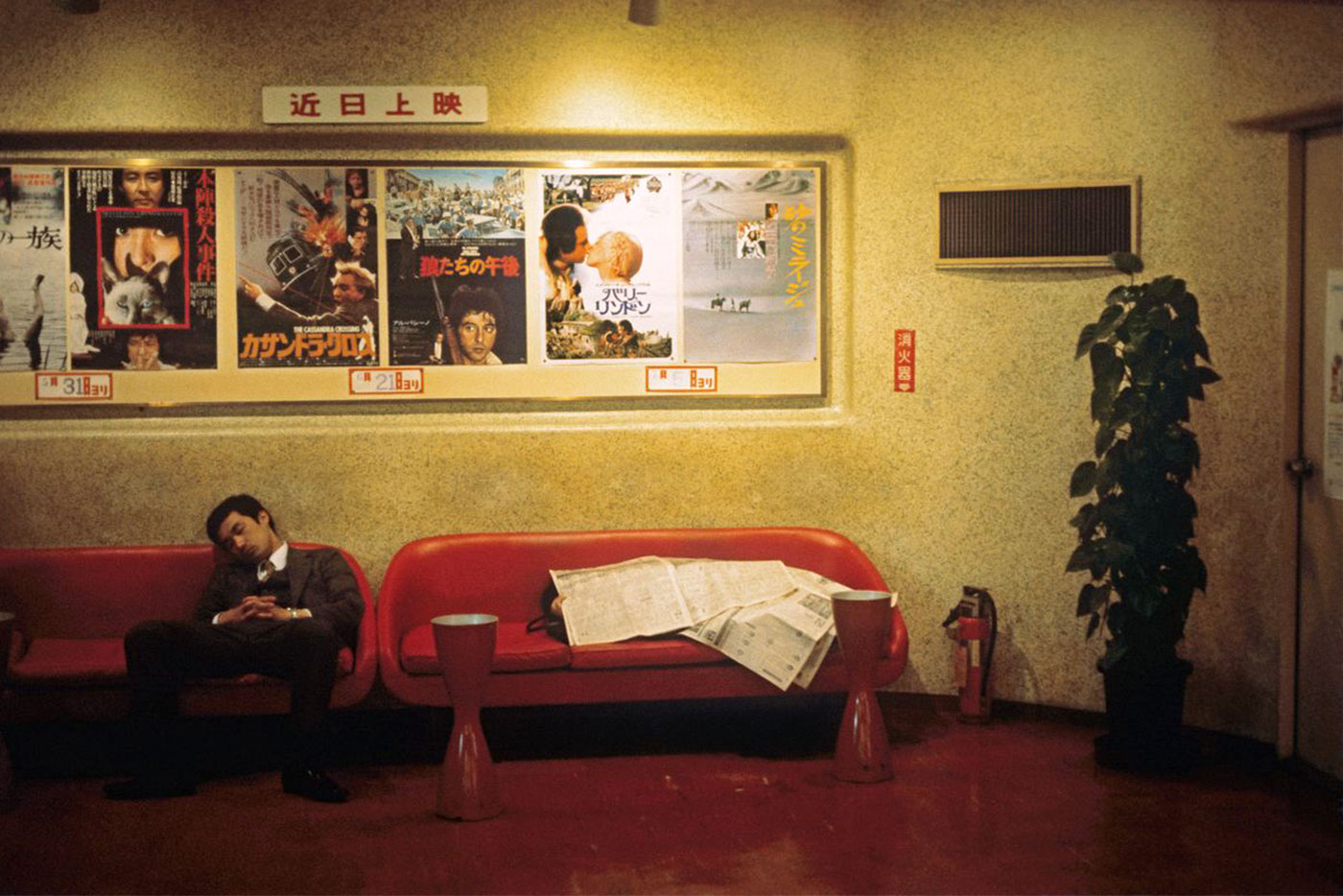
Courtesy of Greg Girard
The Technology and The Spirit
In terms of technology only, Japan’s influence in house music did, of course, begin with the release of the Roland and Korg gear in the ‘80s. Those pieces of hardware were the basis of a musical revolution, providing the stepping stone into a whole new dimension of sound.
However, the unseen story begins in the history of Japanese culture itself. In particular, it’s the result of a longstanding ethos of striving for technological refinement coupled with the country’s fascination with the Western world.
Ever since becoming an economic powerhouse, Japan has stood apart as an exceptional and efficient technological nation, exemplified by its reign over the electronics, automobile and manufacturing industries. At the same time, their society has always reserved a deep intrigue towards products of the American and European nations. This has concocted the magical mixture of Japan’s wildly eclectic music scene, one that is at times an elaborate pastiche of American popular music and an innovative force in those very genres.
In the case of house music, Japanese culture has been on pretty much the same trajectory that American culture was on, bathing in jazz that turned into rock, funk, dub and then disco. However, the main difference was that every time a genre made it across the Pacific Ocean, Japanese musicians took the ingredients of it and reverse-engineered the music into something that was distinctly Japanese.
As house music entered Japan, their musicians were already well versed in the history of the genre, and proceeded to take it apart and rebuild it in their vision. They created a new lane within the genre that was cyclically fed back into the loop of the American market, completing the circular journey from Japanese musical manufacturers to Chicago, back to Japan and returning to the US again.
This is the legacy of Japan in house music, the US’s trans-Pacific neighbour that provided them the technology to create the genre, while also being the nexus of exceptional re-invention that reflected their music to them.









